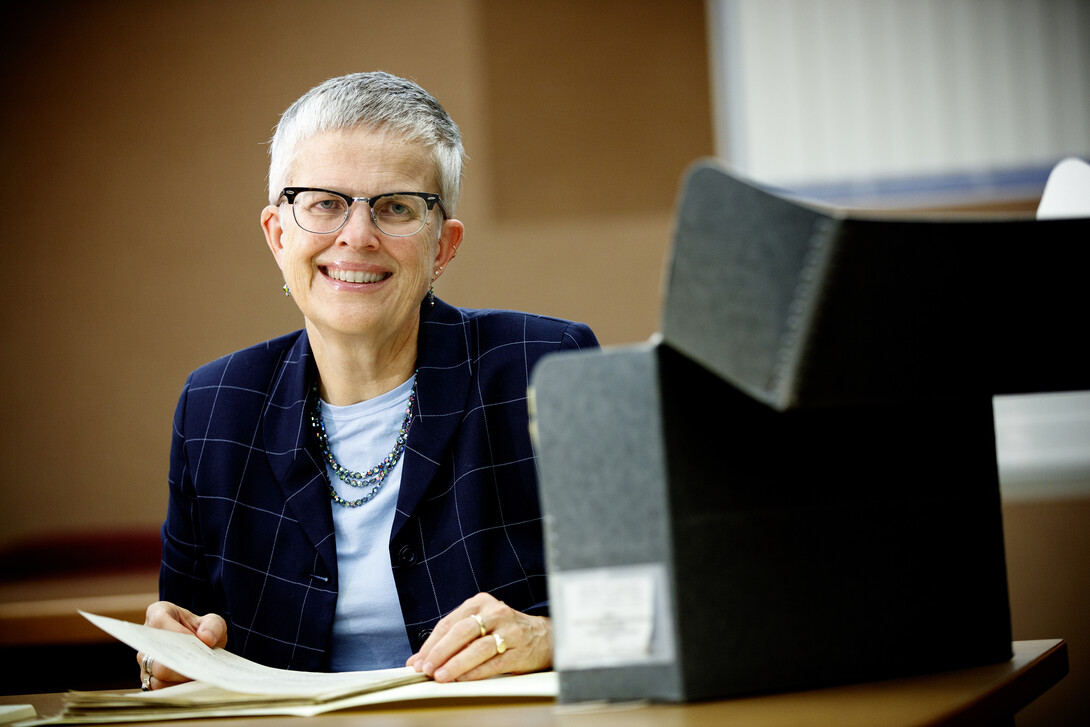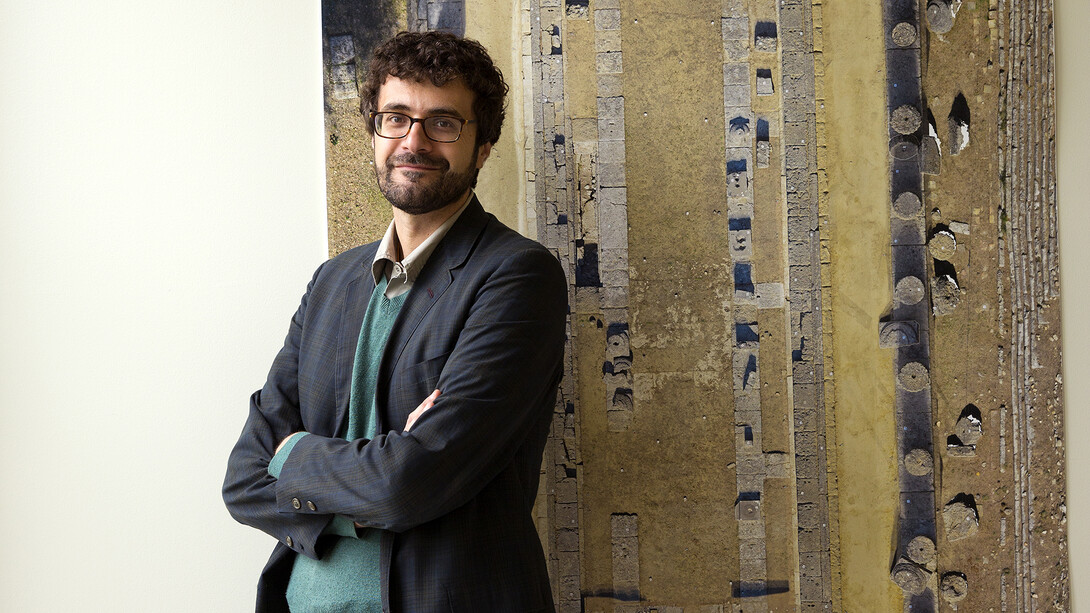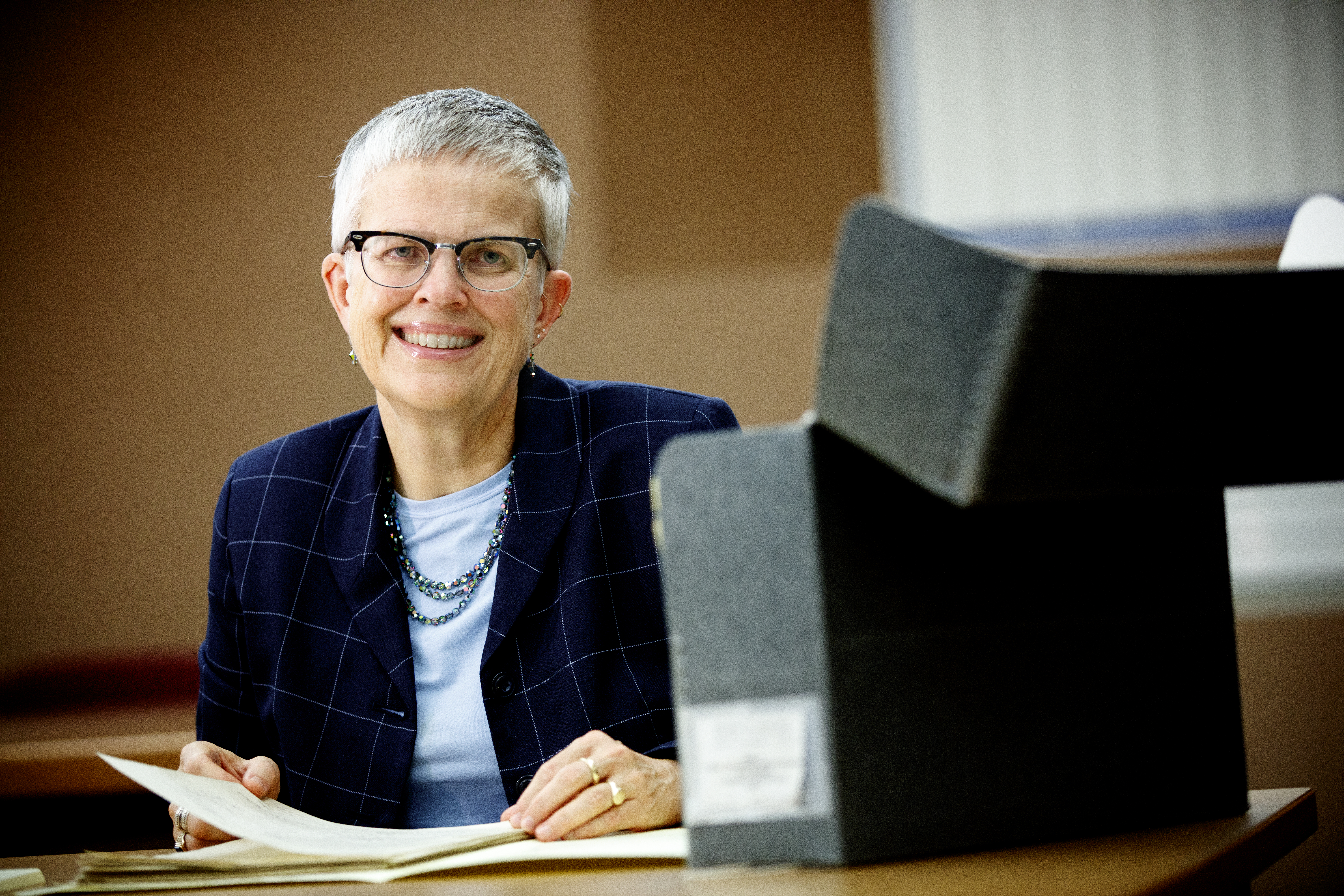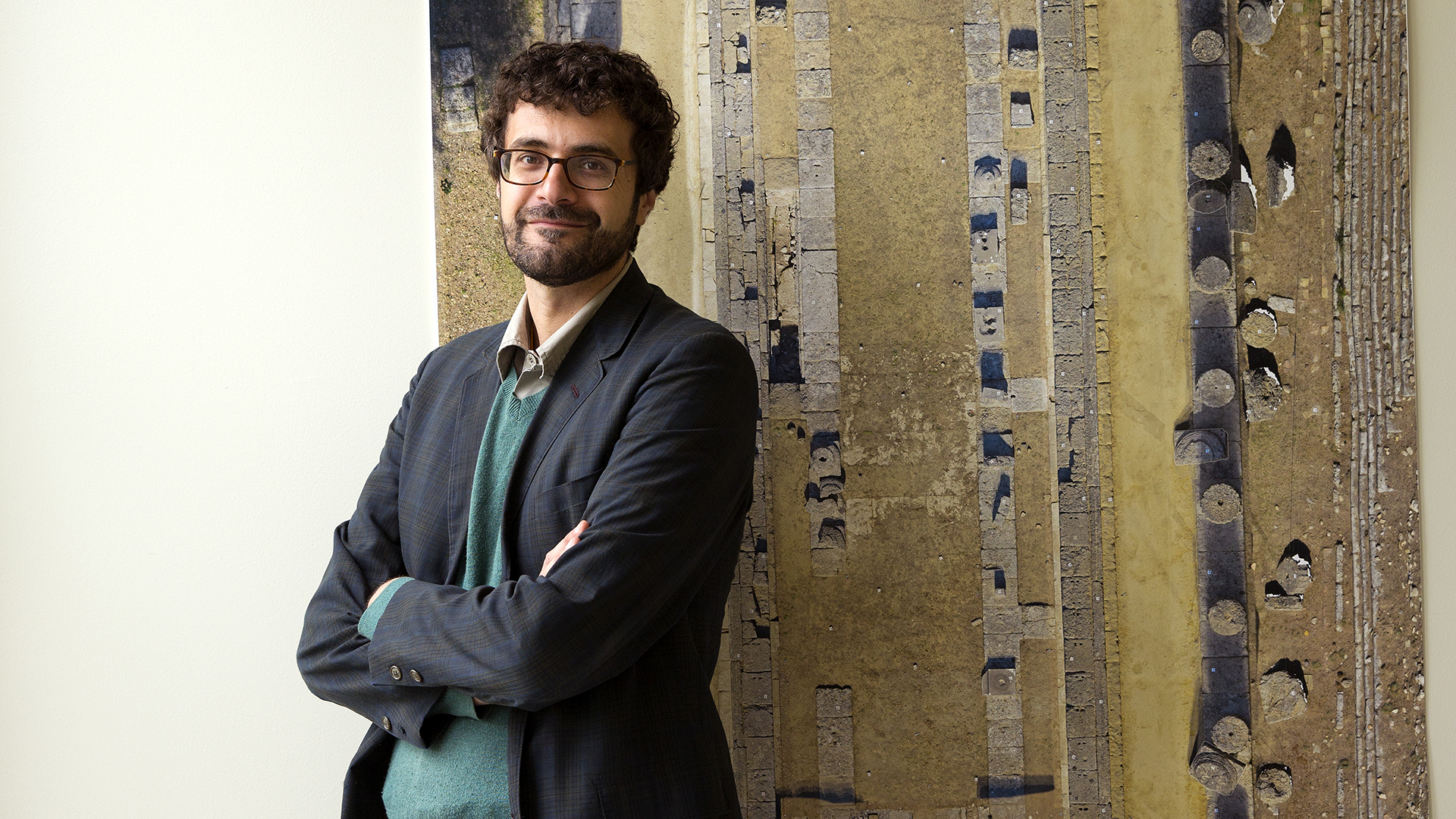
Two University of Nebraska-Lincoln faculty have earned fellowships from the National Endowment for the Humanities, one of the most prestigious honors in the discipline.
Melissa Homestead, professor of English and program faculty of women’s and gender studies, and Philip Sapirstein, assistant professor of art history and digital humanities, and classics and religious studies, were among the 8 percent of applicants to receive NEH fellowships this year.
Homestead’s honor is through the NEH Fellowships program, which supports advanced research that is valuable to humanities scholars, general audiences or both. Sapirstein received an NEH-Mellon Fellowship for Digital Publication, a program that supports individuals pursuing research projects requiring digital expression and digital publication. It is jointly funded by NEH and The Andrew W. Mellon Foundation.
The NEH’s broader mission is to promote excellence in the humanities and communicate history lessons to the general public.
More on Nebraska’s NEH fellowship recipients and their projects:

Melissa Homestead
During her one-year fellowship, Melissa Homestead will finish writing and revising a book that aims to illuminate the relationship between famed American novelist Willa Cather and her longtime friend and partner Edith Lewis.
Homestead has been researching the pair’s creative partnership for the past 13 years, traveling to library archives and important sites across the country to unearth letters, edited typescripts, travel journals and sketchbooks that spotlight Lewis’ prominent role in developing Cather’s works.
Homestead’s findings contradict widespread perceptions of Lewis as a socially isolated lackey, a narrative she believes is driven by homophobia and a desire to elevate Cather.
“There was a real desire to give Cather a high status in literary history,” Homestead said. “If people had known she had a female domestic partner who picked up her pen and dug into the prose, it might have undermined Cather’s status.”
Yet the evidence shows that Lewis, a successful magazine editor and advertising copywriter who was born in Lincoln, Nebraska, extensively marked up Cather’s manuscripts. Many of her edits were incorporated in Cather’s final versions, a reflection of her influence.
Beyond editing, the pair’s shared life experiences provided creative inspiration for Cather’s novels. Homestead found travel logs indicating that the duo’s travels to the Southwestern United States provided the basis for “Death Comes for the Archbishop” and the central section of “The Professor’s House,” two of Cather’s well-known works.
Homestead’s book, under contract with Oxford University Press, is due out in 2020. She is confident her work can benefit readers outside of academia.
“Cognitive scientists have demonstrated that reading fiction stimulates people’s brains and opens them to productive thinking,” she said. “The general public, not just specialists, can also benefit from reading about how people negotiated their lives in the past and how literary works came to be produced.”

Philip Sapirstein
As an NEH-Mellon fellow, architectural historian Philip Sapirstein will design an interactive virtual museum of the temple of Hera at Olympia, a monument critical to understanding early Greek architecture.
The website culminates Sapirstein’s four years of fieldwork at the Hera temple, one of the best-preserved temples in Greece. The site will be the only modern, comprehensive architectural analysis of the temple, offering visitors three-dimensional models, publications, images, links and archival records.
It also is one of the first attempts to provide researchers, students and the public with easy access to 3-D data that is massive, detailed and difficult to load even on fast computers.
“Disseminating digital data is a common challenge for researchers working with 3-D scans of cultural heritage,” Sapirstein said. “I’m developing methods that could be adopted for exploring any historical architecture, and for other uses.”
He’s developed a “2.5-dimensional” approach that circumvents the lengthy download times and limited flexibility of full-resolution data. By converting his 3-D models to two-dimensional images that reflect different layers of the monument’s depth, visitors will be able to explore the temple, starting with the exterior and moving inward.
The website will unveil Sapirstein’s latest finding that the temple at Hera was an international collaboration among builders from across the Greek world, which is fitting given the location’s role as the birthplace of the ancient Olympic games. He said it is difficult to present new arguments like this in a traditional publication that relies on published illustrations.
“An interactive website is much better suited for enabling visitors to challenge my ideas, study the monument flexibly and answer their own questions about the temple,” he said. “This promotes academic transparency beyond what can typically be attained in print.”
The website will be associated with the university’s Center for Digital Research in the Humanities, where Sapirstein is a faculty fellow.
Share
Related Links
Tags
High Resolution Photos

HIGH RESOLUTION PHOTOS








